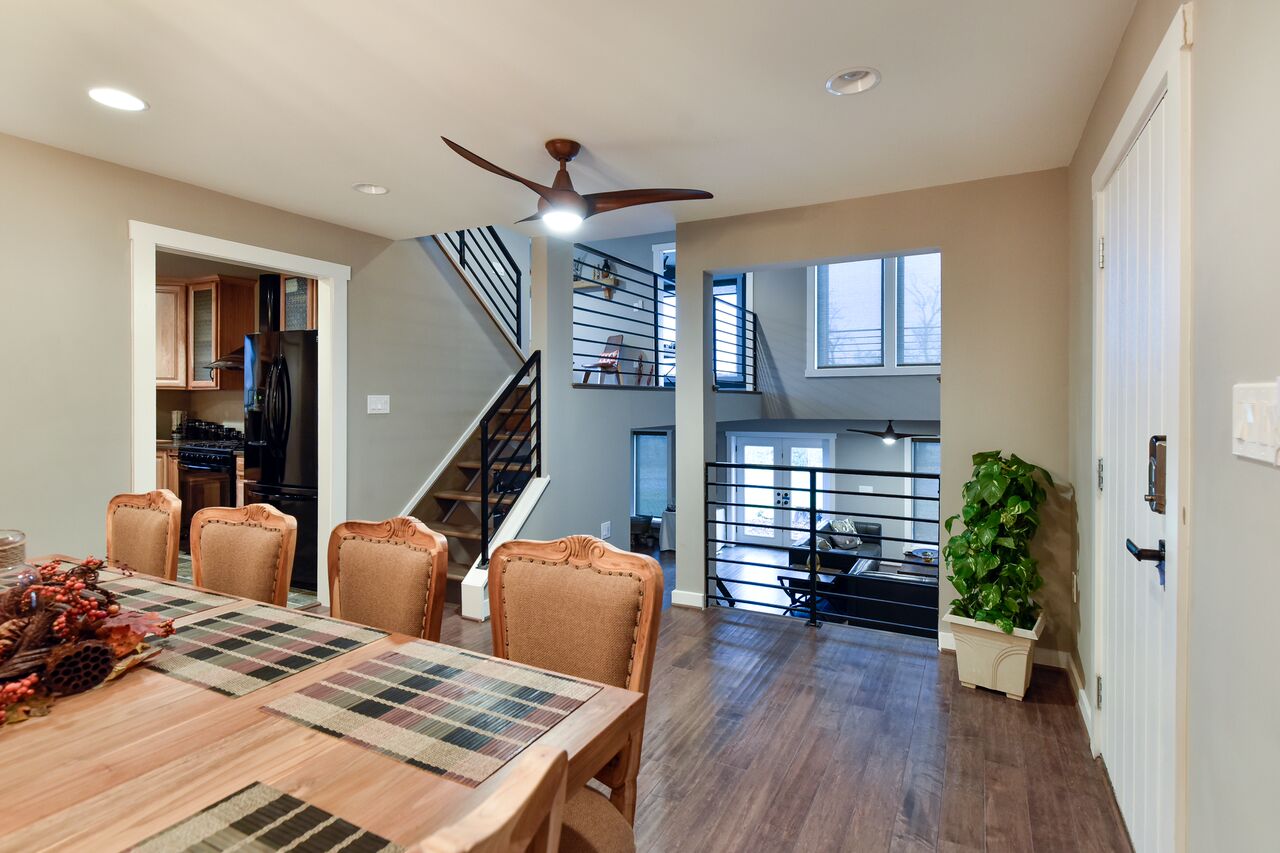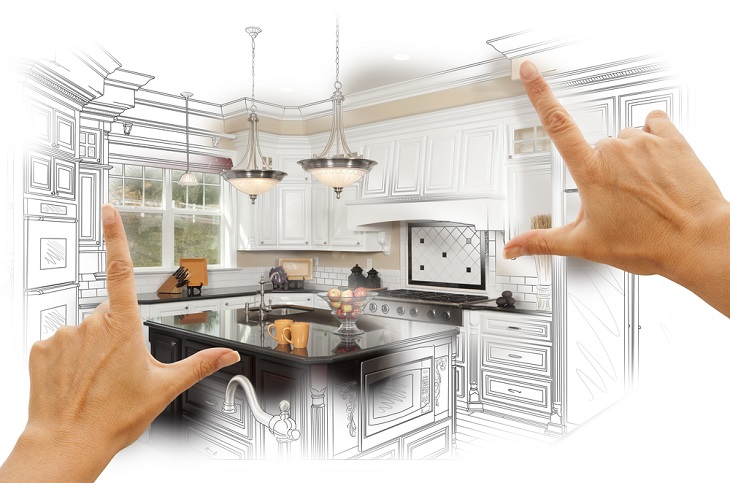1. The Fundamentals
When it comes to the purchase of a home, the fundamentals are what each and every buyer looks for. This includes a leak-free roof, working gutters & downspouts, the dry basement, a dependable furnace, solid floors, well-maintained walls, functional retaining walls, and working plumbing & HVAC systems. Even first-time buyers have a checklist which contains all of these conveniences while looking for a home. The essentials in premium residences may also include a particular number of bathrooms, bedrooms, , & multiple-car garages, as well as any other community characteristics.
This does not imply that you must upgrade everything. You can concentrate on routine maintenance and minor, less expensive changes to keep things running well. Adding the essentials to a home which lacks them does not increase its worth; rather, it raises the property’s standard to that of the other homes in the neighborhood, allowing you to seek a comparable price.
On the other side, while you want your home to stand out from the crowds, you shouldn’t go overboard with upgrades that aren’t necessary. You’ll not only lose money, but you’ll also scare away potential purchasers. In other words, before you spend a lot of money on a large restoration project, think about what other properties in your community have to offer. Find out how similar-priced properties in your community compare and make changes depending on your unique market.
2. Attractiveness
Enhancements to the property’s curb appeal give it a more appealing appearance to prospective buyers as soon as they arrive. While these repairs may not add a lot of monetary worth to your home, they will help it sell faster and you can save money & time by doing a lot of work yourself.
A well-kept lawn, low-cost landscaping, new paint inside & out at least the front door, clean carpet, & new exterior fixtures all contribute to a great first impression (e.g., address numbers). Another crucial aspect (both outside and interior) is lighting, but if you go overboard, it might break the bank—or overload your circuits. Consider installing simple lighting for the modern improvement while keeping the property bright and inviting.
However, err on side of simple vanilla. Now is not the time to make major design decisions in the home. Choose designs that are modest and stylish to appeal to wider audience. If you need assistance with these undertakings, you can hire an interior designer. Just be sure you stick to low-cost options.
3. Best Value For Money

Fix-it-and-flip professionals favor projects which add the most value at resale, and homeowners should priorities them as well. Even though not all of these adjustments will pay for themself immediately, some of them will.
Wood flooring (new & refinished), kitchen renovations new countertops & state-of-the-art appliances, updated bathrooms, & basement or attic conversions are among the projects with the greatest return on the investment, often recouping 80 percent or more of their cost at resale, according to the National Association of Realtors (NAR). Roofing, siding, doors, windows, refinished decks, and energy upgrades are all examples of external renovations that provide a lot of bang for buck at resale. 1
4. Projects With A Heart
Passion projects is investments made by homeowners in activities they enjoy, such as swimming pools & tennis courts, as well as hot tub, wine cellars, game rooms, & even ponds. Regardless of how amazing these amenities are, they are highly expensive to build for the homeowner—and most prospective purchasers (without your passion) being unlikely to pay much for your home because it has a tennis court.
A swimming pool, for example, seldom adds value to the home. An in-ground pool not only costs a small fortune to install, but many house buyers also see it as a high-maintenance headache & a year-round safety hazard—& it’s only usable for a few months of the year in most climes.
While there’s no harm in including these features in your home, don’t expect potential buyer to pay a premium for them when you’re ready to sell. Also, be aware if a commonplace element is being replaced as part of the remodeling. If every other house in your neighborhood has a 2-car garage, you might want to reconsider turning yours into a playroom.

